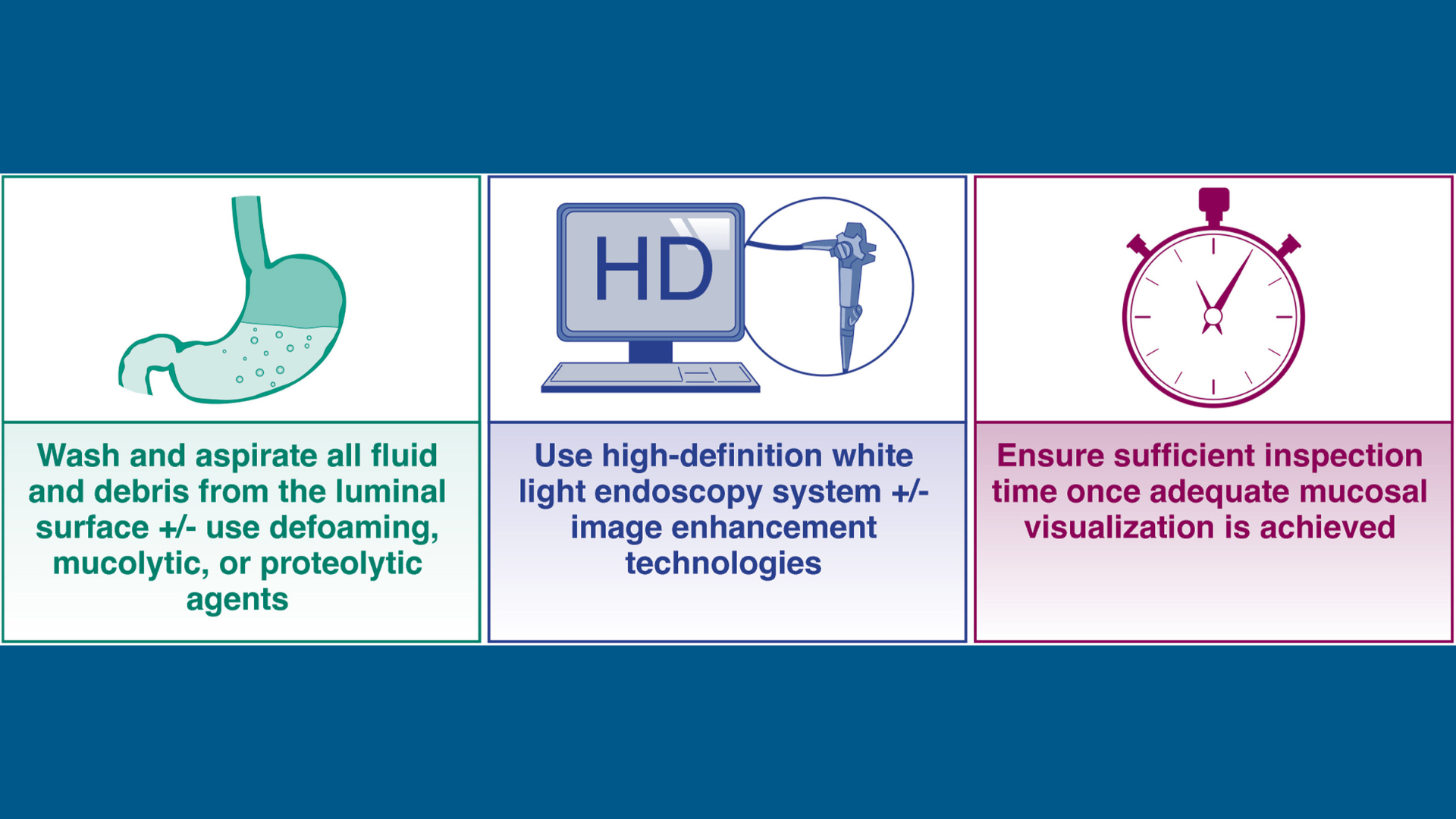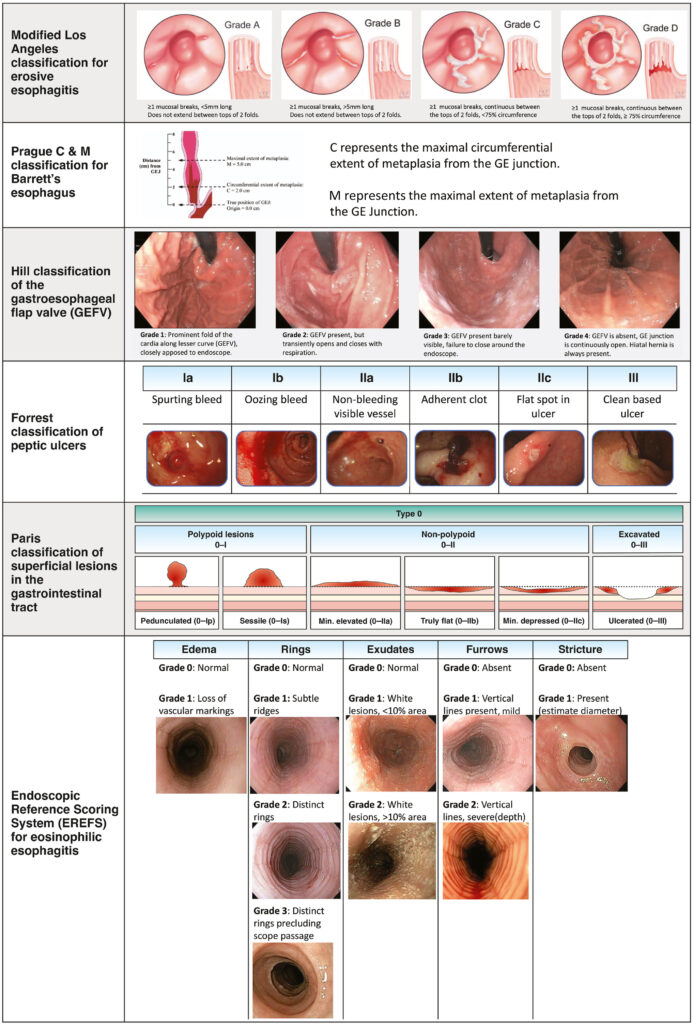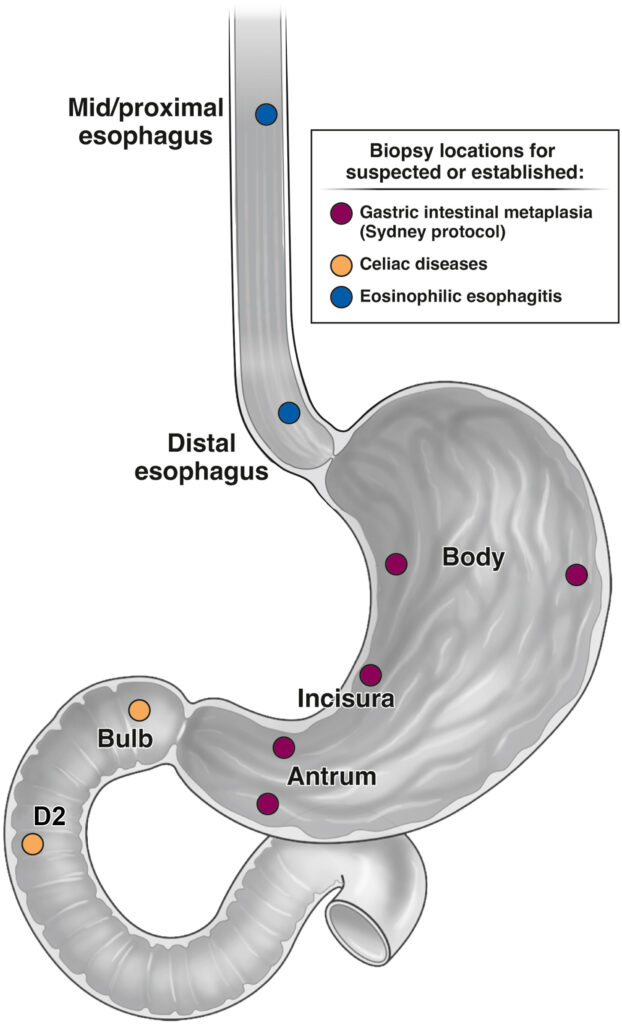It is challenging to define what constitutes a high-quality upper endoscopy given the broad spectrum of indications and disease pathology present in the upper GI tract. This is in contrast to colonoscopy, in which the primary outpatient indication is for polyp detection and removal for colorectal cancer screening.
Drs. Satish Nagula, Sravanthi Parasa, Loren Laine and Shailja Shah lay out nine best practice advice statements for how to perform a high-quality upper endoscopic exam in AGA’s latest clinical practice update.
Quick watch:
Author Dr. Satish Nagula highlights the key aspects of what a high-quality upper endoscopy entails.
Key takeaways
-
The same rules for colonoscopy apply: Clean thoroughly, look carefully and withdraw slowly.
-
Endoscopists should perform biopsies for the evaluation and management of foregut conditions using standardized biopsy protocols.
-
Endoscopists should document whether subsequent surveillance endoscopy is indicated and, if so, provide appropriate surveillance intervals.
Read the full AGA Clinical Practice Update on High-Quality Upper Endoscopy: Expert Review, published in the May issue of Clinical Gastroenterology and Hepatology.
See the full nine best practice advice statements on our clinical guidance page.















